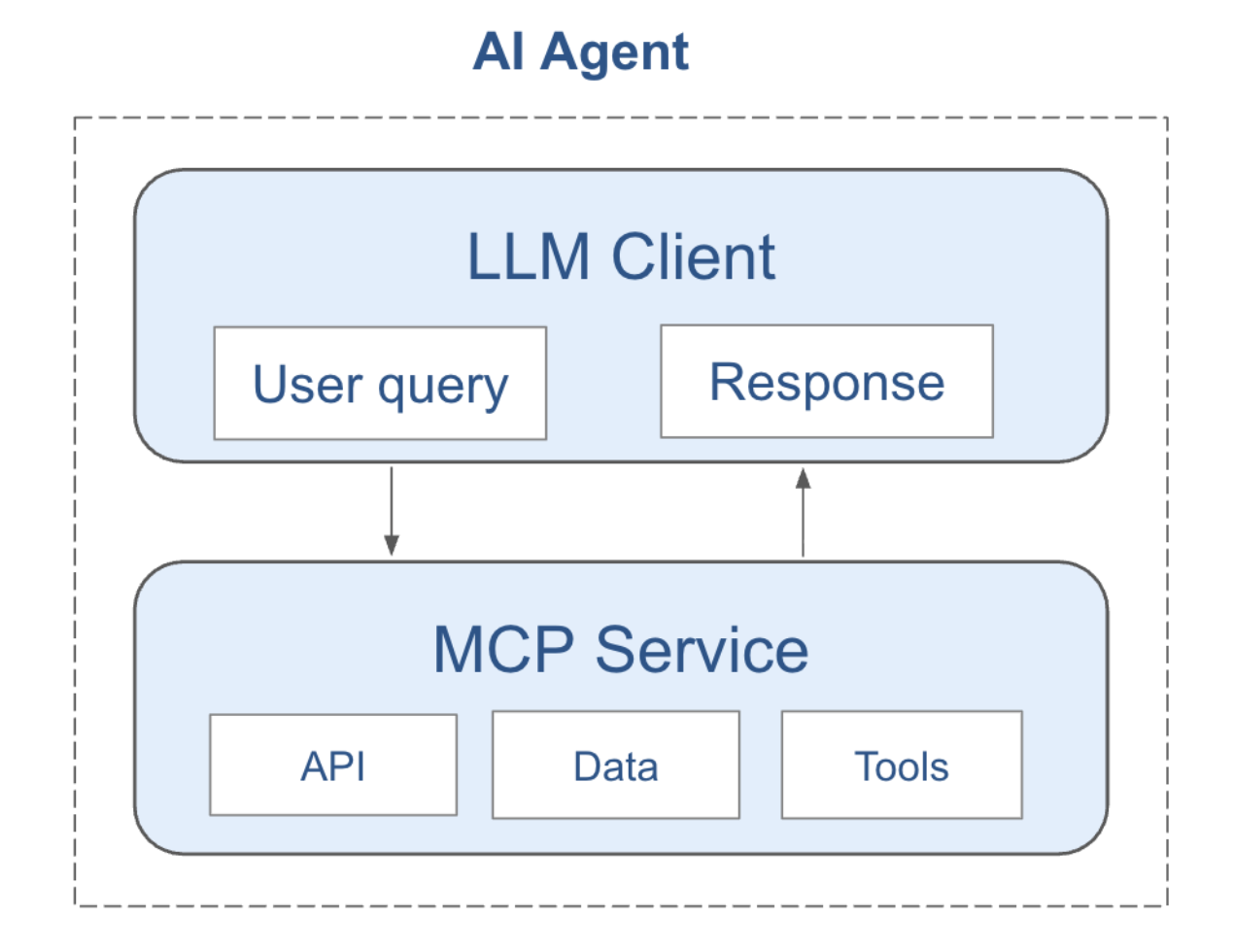
October 15, 2023
October 15, 2023
"How Inappropriate To Call This Planet Earth When It Is Clearly Ocean"
.png)
Welcome to the first Salient Predictions blog post! By way of introduction, I am Dr. Raymond Schmitt, Co-Founder of Salient Predictions and a physical oceanographer recently retired from a 40-year career at the Woods Hole Oceanographic Institution. Physical oceanography is basically the meteorology of the ocean; the fluid is much denser and slower-moving, but the equations of motion are the same as those for the atmosphere. Together, the ocean and the atmosphere are the working fluids of our climate system, moving heat and water around the planet to give us the life-sustaining climate we enjoy on Earth. One of the major shifts I have seen over the course of my career is the increasing focus on our changing climate.
In part because of the lack of good data from the ocean, up until 50 years ago we knew little about how the ocean was changing, and a steady-state ocean was generally assumed by most. As a result, oceanographers were largely excluded from the early discussions on climate change. There were already many cities with 100 years or more of temperature and rainfall records, but very few sites in the ocean had even a decade-long time series. However, I believe that my generation of oceanographers has done a decent job at correcting that lack of data. We now have ~4,000 robotic profiling floats dispersed around the global oceans, monitoring ocean temperature and salinity every 10 days in the ARGO array (see below for a map of latest locations). We also have a suite of ocean-observing satellites that provide remarkable global coverage of the surface ocean, with frequent updates. These datasets are now 20 to 30 years in length, and are finally enabling oceanographers to address some of the most important questions and problems in climate change.

Of course, one of the most important problems comes in documenting the changing temperature of the ocean. In this regard, it is essential to first appreciate the extraordinary heat capacity of the ocean. With its much higher density (800 times that of air) and coverage of 71% of the planet to an average depth of 2.4 miles, the ocean’s ability to store heat is nearly 1,100 times that of the atmosphere’s. Thus, the real temperature change we should be concerned with is that of the ocean, not the atmosphere! In terms of heat content, a 1-degree change in atmospheric temperature represents as much heat energy as a change in ocean temperature of only 1/1000th of a degree. This disparity solves one of the initial questions about the influence of CO2 on the climate.
Initially, the earliest estimates of the expected change in temperature due to the added insulation caused by burning fossil fuels were much larger than what we were observing. But with the huge heat capacity of the ocean serving to delay the warming response of the planet, it is easy to understand the “smaller” response, as I testified to a Senate Committee 20 years ago. The dark blue ocean has been acting as the planetary solar collector, absorbing and storing the solar energy pouring down on the planet every day. The ocean has provided a great service in delaying the intense warming we would otherwise be experiencing without it. In a sense, the atmospheric temperature is an afterthought, though its effects are the ones that we have to live with most directly.
Meteorologists like to say that the atmosphere drives the ocean, but I see that as a “tail wagging the dog” statement. The solar energy absorbed by the ocean is largely parceled out to the atmosphere by the latent heat of evaporation, which is the main energy source for the convective motion driving hurricanes, tornadoes, thunderstorms and other severe weather events. And the rise in ocean heat content has been well-documented over the past several decades, leading to the finding that over 90% of the added heat of global warming has gone into the oceans. These calculations were made possible by the ARGO data.
As Arthur C. Clarke once said about our blue planet: “How inappropriate to call this planet Earth when it is clearly Ocean.” With 1,100 times the heat capacity and over 100,000 times as much water as the atmosphere, the oceans are clearly the central player of the climate system. These days I like to remind climate scientists, “It’s the Ocean, Stupid!” These insights have enabled Salient Predictions to make a significant leap in the accuracy of long-range weather forecasts. In our next post, we will take a closer look at the global water cycle and how new takes on ocean data have led to significant improvements in seasonal precipitation and temperature forecasts.
October 15, 2023
October 15, 2023
"How Inappropriate To Call This Planet Earth When It Is Clearly Ocean"
.png)
Welcome to the first Salient Predictions blog post! By way of introduction, I am Dr. Raymond Schmitt, Co-Founder of Salient Predictions and a physical oceanographer recently retired from a 40-year career at the Woods Hole Oceanographic Institution. Physical oceanography is basically the meteorology of the ocean; the fluid is much denser and slower-moving, but the equations of motion are the same as those for the atmosphere. Together, the ocean and the atmosphere are the working fluids of our climate system, moving heat and water around the planet to give us the life-sustaining climate we enjoy on Earth. One of the major shifts I have seen over the course of my career is the increasing focus on our changing climate.
In part because of the lack of good data from the ocean, up until 50 years ago we knew little about how the ocean was changing, and a steady-state ocean was generally assumed by most. As a result, oceanographers were largely excluded from the early discussions on climate change. There were already many cities with 100 years or more of temperature and rainfall records, but very few sites in the ocean had even a decade-long time series. However, I believe that my generation of oceanographers has done a decent job at correcting that lack of data. We now have ~4,000 robotic profiling floats dispersed around the global oceans, monitoring ocean temperature and salinity every 10 days in the ARGO array (see below for a map of latest locations). We also have a suite of ocean-observing satellites that provide remarkable global coverage of the surface ocean, with frequent updates. These datasets are now 20 to 30 years in length, and are finally enabling oceanographers to address some of the most important questions and problems in climate change.

Of course, one of the most important problems comes in documenting the changing temperature of the ocean. In this regard, it is essential to first appreciate the extraordinary heat capacity of the ocean. With its much higher density (800 times that of air) and coverage of 71% of the planet to an average depth of 2.4 miles, the ocean’s ability to store heat is nearly 1,100 times that of the atmosphere’s. Thus, the real temperature change we should be concerned with is that of the ocean, not the atmosphere! In terms of heat content, a 1-degree change in atmospheric temperature represents as much heat energy as a change in ocean temperature of only 1/1000th of a degree. This disparity solves one of the initial questions about the influence of CO2 on the climate.
Initially, the earliest estimates of the expected change in temperature due to the added insulation caused by burning fossil fuels were much larger than what we were observing. But with the huge heat capacity of the ocean serving to delay the warming response of the planet, it is easy to understand the “smaller” response, as I testified to a Senate Committee 20 years ago. The dark blue ocean has been acting as the planetary solar collector, absorbing and storing the solar energy pouring down on the planet every day. The ocean has provided a great service in delaying the intense warming we would otherwise be experiencing without it. In a sense, the atmospheric temperature is an afterthought, though its effects are the ones that we have to live with most directly.
Meteorologists like to say that the atmosphere drives the ocean, but I see that as a “tail wagging the dog” statement. The solar energy absorbed by the ocean is largely parceled out to the atmosphere by the latent heat of evaporation, which is the main energy source for the convective motion driving hurricanes, tornadoes, thunderstorms and other severe weather events. And the rise in ocean heat content has been well-documented over the past several decades, leading to the finding that over 90% of the added heat of global warming has gone into the oceans. These calculations were made possible by the ARGO data.
As Arthur C. Clarke once said about our blue planet: “How inappropriate to call this planet Earth when it is clearly Ocean.” With 1,100 times the heat capacity and over 100,000 times as much water as the atmosphere, the oceans are clearly the central player of the climate system. These days I like to remind climate scientists, “It’s the Ocean, Stupid!” These insights have enabled Salient Predictions to make a significant leap in the accuracy of long-range weather forecasts. In our next post, we will take a closer look at the global water cycle and how new takes on ocean data have led to significant improvements in seasonal precipitation and temperature forecasts.
About Salient
Salient combines ocean and land-surface data with machine learning and climate expertise to deliver accurate and reliable subseasonal-to-seasonal weather forecasts and industry insights—two to 52 weeks in advance. Bringing together leading experts in physical oceanography, climatology and the global water cycle, machine learning, and AI, Salient helps enterprise clients improve resiliency, increase preparedness, and make better decisions in the face of a rapidly changing climate. Learn more at www.salientpredictions.com and follow on LinkedIn and X.



